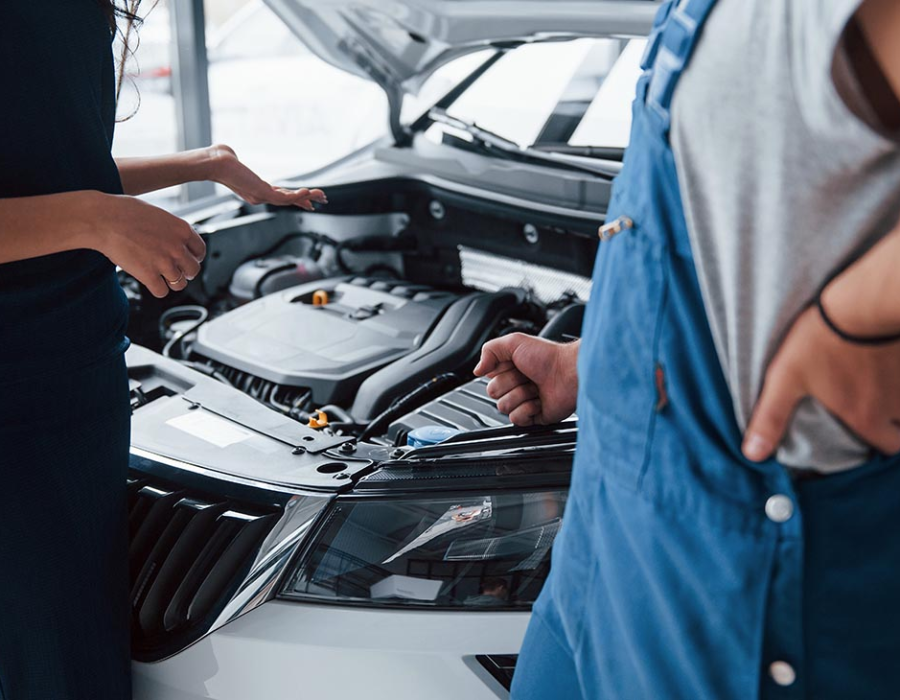Choosing used car parts can offer impressive savings, but the process requires attention, patience, and a basic understanding of what quality looks like. Many vehicle owners have experienced the satisfaction of finding the part they are searching for and frustration after realising the component is not reliable. You can trust used parts only if you know what to look for and where to buy such parts. Suppliers and reputable wreckers, including well-known names like Dandenong Wreckers, specialise in sourcing, testing, and supplying these parts at competitive prices.
This article outlines the key steps to identifying quality used car parts and avoiding unreliable ones.
- Why Used Car Parts Are Worth Considering
Used components are genuine OEM parts removed from vehicles that have significant life left in them. For many car enthusiasts, this makes used components a practical alternative to new replacements, for older models or vehicles requiring high-value parts.
Not every used part offers the same level of reliability. Condition, usage history, and the credibility of the seller all play a role. A well-planned and researched approach to used parts helps you to make informed decisions about the component’s positive contribution to your car’s overall functioning.
1. Confirm Compatibility Before Purchasing
It is essential to confirm or test that the part is compatible or efficient for the vehicle’s make, model, and engine variant. A slight difference in the range can affect the car’s performance in the coming years.
Part numbers are the most reliable way to verify compatibility. Visual similarity alone is not enough, as sensors, connectors, and mounting points vary. Bringing the old part with you or sharing detailed photos when buying online helps avoid unnecessary returns or installation delays.
2. Inspect the Part’s Physical Condition Thoroughly
A careful visual inspection results in a perfect deal for the used part’s remaining lifespan. You must look for cracks, rust, dents, worn edges, and misaligned components. Gently moving any rotating sections can help identify stiffness, grinding, or unusual resistance for mechanical parts.
Not all signs of wear indicate a problem, but certain components like suspension, structural items, and safety-related parts should show minimal damage. If the part appears heavily worn or inconsistent with normal ageing, it may be best to avoid it, even if the pricing seems attractive.
3. Understand the Part’s Background When Possible
You cannot get complete details about the part’s origin from every seller. Only a few reputed and knowledgeable sellers can provide all the required details. It is essential to know whether the vehicle was running, damaged, or the mileage at the time of dismantling can provide valuable context about the component.
Trusted suppliers are generally transparent. They will disclose known issues voluntarily and provide a clear explanation of how the part was removed, inspected, or tested.
4. Prioritise OEM Parts Over Used Aftermarket Options
When buying used, OEM parts tend to deliver predictable results. These components were designed for your vehicle and offer durability compared to used aftermarket alternatives.
Some aftermarket parts are perfectly serviceable when bought new, but once used, it becomes harder to assess their quality and remaining life. For critical areas, such as sensors, electrical components, or engine accessories, OEM used parts are the safer choice.
5. Test Electrical Components When Applicable
Electrical parts can be more unpredictable than mechanical ones. They may appear intact but fail shortly after installation. Whenever possible, test items such as alternators, starters, window regulators, and airflow sensors.
Reputable suppliers, including businesses like Dandenong Wreckers, provide testing services or confirm that the part was inspected before being listed for sale. This extra step reduces the risk of receiving a faulty component.
6. Review the Seller’s Return Policy
A clear and reasonable return policy is a strong indicator of a reliable supplier. Even short return windows demonstrate confidence in the quality of their parts. Avoiding sellers with strict “no returns” policies for higher-value components helps protect your investment.
Return policies also reflect how the supplier handles post-sale customer concerns. Businesses that stand behind their products handle replacements and refunds professionally.
7. Compare Pricing, but Don’t Focus Solely on the Lowest Offer
Price comparison is useful, but selecting the cheapest option can sometimes result in lower-quality parts. If a price is significantly below average, it’s important to understand why. The reason may be completely valid, cosmetic blemishes, older stock, or excess inventory, but the explanation should be clear.
A balanced approach works best: aim for fair value rather than the lowest number. Reliability should remain the priority.
8. Build Relationships With Trusted Suppliers
Maintaining a perfect relationship with trustworthy suppliers or wreckers can simplify your purchase every time. Reliable and reputable businesses always maintain standards, remain transparent, communicate clear details, and provide the expected quality. Over time, repeat customers gain access to better pricing, priority stock updates, or additional support.
Long-standing operators such as Dandenong Wreckers build their reputation through reliability and transparency, making them dependable choices for enthusiasts and everyday drivers.
- Conclusion
It is necessary to identify quality car parts and components that require careful evaluation, informed decision-making, and choosing the right suppliers or wreckers. After verifying suitability, checking the condition, part history, and relying on reputed businesses, you can eliminate the risk of buying imperfect components.
Used parts can be an excellent investment when chosen wisely. A methodical and strategic approach can protect your vehicle and ensure you get value from every purchase. If you remain attentive to the details, finding dependable used parts becomes a straightforward and rewarding process.





Comments